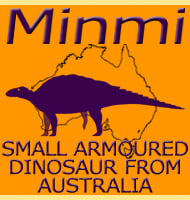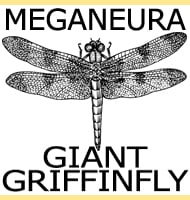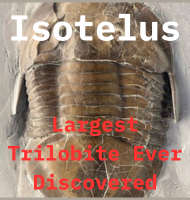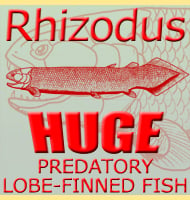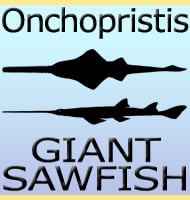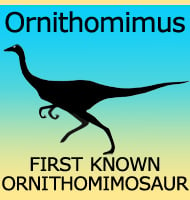In Depth
Tornieria fossils were first found in 1907 and described the next year by the German palaeontologist Eberhard Fraas. However, at this time Fraas decided to call the new genus Gigantosaurus, but the problem with this is that the name Gigantosaurus had already been used by Harry Govier Seeley to name a genus of sauropod from England. Fraas did not see this as a problem; he considered Seeley’s description not complete enough as well as being seen as a synonym to another genus called Ornithopsis. Fraas however was wrong to do this on two counts, one being that as soon as a name has been logged and classified it cannot be used again. Second, even if a name is later found to be a synonym of another name, it still cannot be used, otherwise it creates the potential of confusion in further studies. Fortunately another palaeontologist named Richard Sternfield put things right in 1911 when he took the African fossils and created the genus Tornieria, named in honour of a herpetologist (someone who studies reptiles and amphibians) named Gustav Tornier. At this time there were two species named as T. africana and T. robusta based upon two species outlined by Fraas in 1908.
Things were fairly stable for the genus until 1922 when another palaeontologist named Werner Janensch moved T. africana to the North American genus Barosaurus. Normally this would mean that the second species T. robusta would need to be named as a new genus since there would be no type species to refer to, but this did not happen until 1991 when Rupert Wild named Janenschia. This meant that for a time the Torneria genus ceased to exist save for mentions of synonyms to Barosaurus and Janenschia.
Then in 2006 Torneria returned. The decision to place the former type species T. africana in with Barosaurus by Werner Janensch never sat well with most palaeontologists since North America and Africa should have been totally isolated from each other by the late Jurassic, making the presence of the same genus of terrestrial animal upon both continents highly unlikely to impossible given the circumstances. In this year a study by Kristian Remes proved that the T. africana material was different to Barosaurus material and therefore should be rightfully treated as a distinct genus.
Today Torneria is established as a distinct genus of diplodocid sauropod, though one that is similar to Barosaurus. The differences between these two genera are mainly seen in the proportions of the limb bones and in the form of the anterior (frontal) caudal (tail) vertebrae. Further differences between them are hard to point out due to lack of remains for other body parts across both genera. This is a good point to return to the other former species T. robustus which was now known as Janenschia. The re-evaluation of the T. robustus fossils saw them identified as belonging to a titanosaur, meaning that they actually should never have been described as belonging to Torneria (originally Gigantosaurus robustus by Fraas) in the first place. Therefore Janenschia remains valid as a titanosaur genus, while Torneria remains based upon only the species T. africanus.
That should wrap things up with regards to classification, but there is one more loose end. In 1961 Werner Janensch had named a gracile form of T. africanus, though remember that at this time T. africanus had been labelled as an African species of Barosaurus. This was known as B. africanus var. gracilis, though in 1980 it was renamed as a full species, B. gracilis. This would mean a second species of Torneria by modern classification, though as pointed out by Remes in 2006, not only is this species not represented by a holotype, there is no diagnosis for it either, meaning that the species cannot be held as valid.
As a diplodocid sauropod, Torneria can be further classified as a member of the Diplodocinae. This group represents the more lightly built diplodocids which are notably more gracile than the apatosaurines which were physically more heavily built. As with its relatives, Torneria would have been browsers of plants, sweeping their necks in wide arcs so that they could browse with only the minimum of necessary movement of their legs.
Further Reading
- Dinosaurierfunde in Ostafrika - E. Fraas - 1908. - Zur Nomenklatur der Gattung Gigantosaurus Fraas [On the nomenclature of the genus Gigantosaurus Fraas] - Richard Sternfield - 1911. - Das Handskelett von Gigantosaurus robustus und Brachiosaurus brancai aus den Tendaguru-Schichten Deutsch- Ostafrikas - W. Janensch - 1922. - Paleoecology of the dinosaurs of Tendaguru (Tanzania) - D. Russell, P. Beland & J. McIntosh - 1980. - Revision of the Tendaguru sauropod Tornieria africana (Fraas) and its relevance for sauropod paleobiogeography - Kristian Remes - 2006. - A phylogenetic analysis of Diplodocoidea (Saurischia: Sauropoda). - J. A. Whitlock - 2011.

